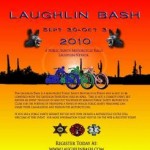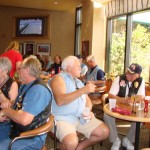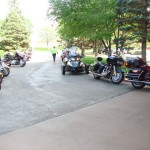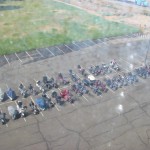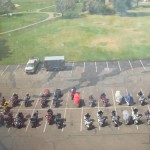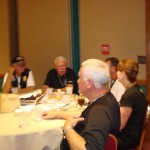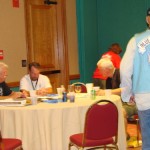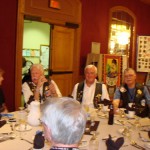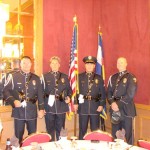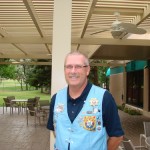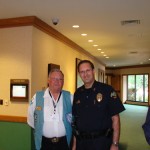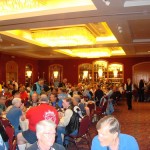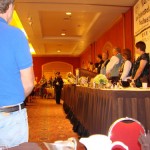The department was all astir, there was a lot of laughing and joking due to all the new officers, myself included, hitting the streets today for the first time.
After months of seemingly endless amounts of classes, paperwork, and lectures we were finally done with the Police Academy and ready to join the ranks of our department.
All you could see were rows of cadets with huge smiles and polished badges. As we sat in the briefing room, we could barely sit still
anxiously awaiting our turn to be introduced and given our beat assignment or, for the lay person, our own portion of the city to “serve and protect.”
It was then that he walked in. A statue of a man – 6 foot 3 and 230 pounds of solid muscle, he had black hair with highlights of gray and steely eyes that make you feel nervous even when he wasn’t looking at you.
He had a reputation for being the biggest and the smartest officer to ever work our fair city. He had been on the department for longer than anyone could remember and those years of service had made him into somewhat of a legend.
The new guys, or “rookies” as he called us, both respected and feared him.
When he spoke even, the most seasoned officers paid attention. It was almost a privilege when one the rookies got to be around when he would tell one of his police stories about the old days.
But we knew our place and never interrupted for fear of being shooed away. He was respected and revered by all who knew him.
After my first year on the department I still had never heard or saw him speak to any of the rookies for any length of time.
When he did speak to them all he would say was, “So, you want to be a policeman do you hero? I’ll tell you what, when you can tell me what they taste like, then you can call yourself a real policeman.”
This particular phrase I had heard dozens of times. Me and my buddies all had bets about “what they taste like” actually referred to.
Some believed it referred to the taste of your own blood after a hard fight. Others thought it referred to the taste of sweat after a long day’s work.
Being on the department for a year, I thought I knew just about everyone and everything. So one afternoon, I mustered up the courage and walked up to him.
When he looked down at me, I said “You know, I think I’ve paid my dues. I’ve been in plenty of fights, made dozens of arrests, and
sweated my butt off just like everyone else. So what does that little saying of yours mean anyway?”
With that, he merely stated, “Well, seeing as how you’ve said and done it all, you tell me what it means, hero.”
When I had no answer, he shook his head and snickered, “rookies,” and walked away.
The next evening was to be the worst one to date. The night started out slow, but as the evening wore on, the calls became more frequent and dangerous.
I made several small arrests and then had a real knock down drag out fight. However, I was able to make the arrest without hurting the
suspect or myself. After that, I was looking forward to just letting the shift wind down and getting home to my wife and daughter.
I had just glanced at my watch and it was 11:55, five more minutes and I would be on my way to the house. I don’t know if it was fatigue or just my imagination, but as I drove down one of the streets on my beat, I thought I saw my daughter standing on someone else’s porch. I looked again but it was not my daughter as I had first thought but merely a small child about her age. She was probably only six or seven years old and dressed in an oversized shirt that hung to her feet. She was clutching an old rag doll in her arms that looked older than me.
I immediately stopped my patrol car to see what she was doing outside her house at such an hour by herself. When I approached, there seemed to be a sigh of relief on her face. I had to laugh to myself, thinking she sees the hero policeman come to save the day.
I knelt at her side and asked what she was doing outside.
She said “My mommy and daddy just had a really big fight and now mommy won’t wake up.”
My mind was reeling. Now what do I do? I instantly called for backup and ran to the nearest window.
As I looked inside I saw a man standing over a lady with his hands covered in blood, her blood.
I kicked open the door, pushed the man aside and checked for a pulse, but unable to find one. I immediately cuffed the man and began doing C.P.R. on the lady.
It was then I heard a small voice from behind me, “Mr Policeman, please make my mommy wake up.” I continued to perform C.P.R. until my backup and medics arrived but they said it was too late. She was dead.
I then looked at the man. He said, “I don’t know what happened. She was yelling at me to stop drinking and go get a job and I had
just had enough. I just shoved her so she would leave me alone and she fell and hit her head.”
As I walked the man out to the car in handcuffs, I again saw that little girl. In the five minutes that has passed, I went from hero to monster.
Not only was I unable to wake up her mommy, but now I was taking daddy away too.
Before I left the scene, I thought I would talk to the little girl. To say what, I don’t know. Maybe just to tell her I was sorry about
her mommy and daddy. But as I approached, she turned away and I knew it was useless and I would probably make it worse.
As I sat in the locker room at the station, I kept replaying the whole thing in my mind. Maybe if I would have been faster or done
something different, just maybe that little girl would still have her mother.
And even though it may sound selfish, I would still be the hero.
It was then that I felt a large hand on my shoulder. I heard that all too familiar question again, “Well, hero, what do they taste like?”
But before I could get mad or shout some sarcastic remark, I realized that all the pent up emotions had flooded the surface and there was a steady stream of tears cascading down my face.
It was at that moment that I realized what the answer to his question was.
Tears.
With that, he began to walk away, but he stopped. “You know, there was nothing you could have done differently,” he said.
“Sometimes you can do everything right and still the outcome is the same. You may not be the hero you once thought you were, but now you ARE a police officer.
